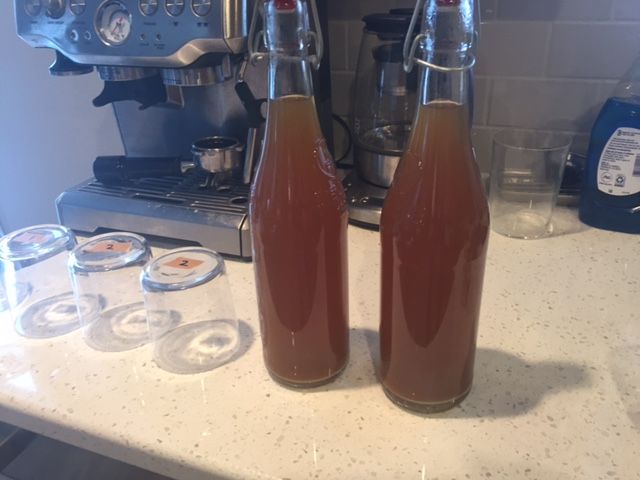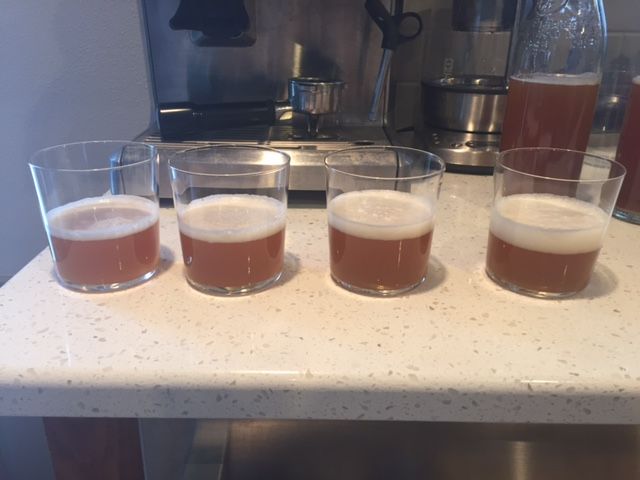motosapiens
Well-Known Member
So after a couple years of all-grain brewing, I'm finally learning about water chemistry, and I got at least some local water reports to get in the ballpark until I spring for a water test kit. Turns out my water is very low in both sulfate and chloride (27 and 5 ppm respectively), so I thought it might be educational to conduct an experiment. I just brewed my first new england pale ale without any water adjustments and I'll be drinking that tailgating at the famous potato bowl tonight. My plan this weekend is to brew 2 identical new england pale ales, only varying the sulfate and chloride levels. One I was going to do about what WeldWerks' Neil Fisher uses, around 150 ppm chloride and 50-60 ppm sulfate, and then reverse that for the other batch, with about 150 ppm sulfate, and only 50-60 ppm chloride, and see how they taste.
So just wanting a little feedback from more experienced brewers as to whether that is likely to be a productive approach, and whether those ratios seem likely to provide the learning and feedback I seek, or should I maybe do more sulfate in the 2nd batch. Thanks for any suggestions or ideas.
So just wanting a little feedback from more experienced brewers as to whether that is likely to be a productive approach, and whether those ratios seem likely to provide the learning and feedback I seek, or should I maybe do more sulfate in the 2nd batch. Thanks for any suggestions or ideas.




